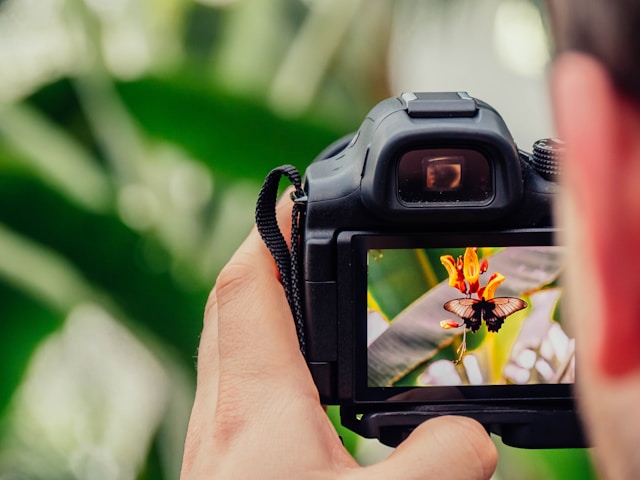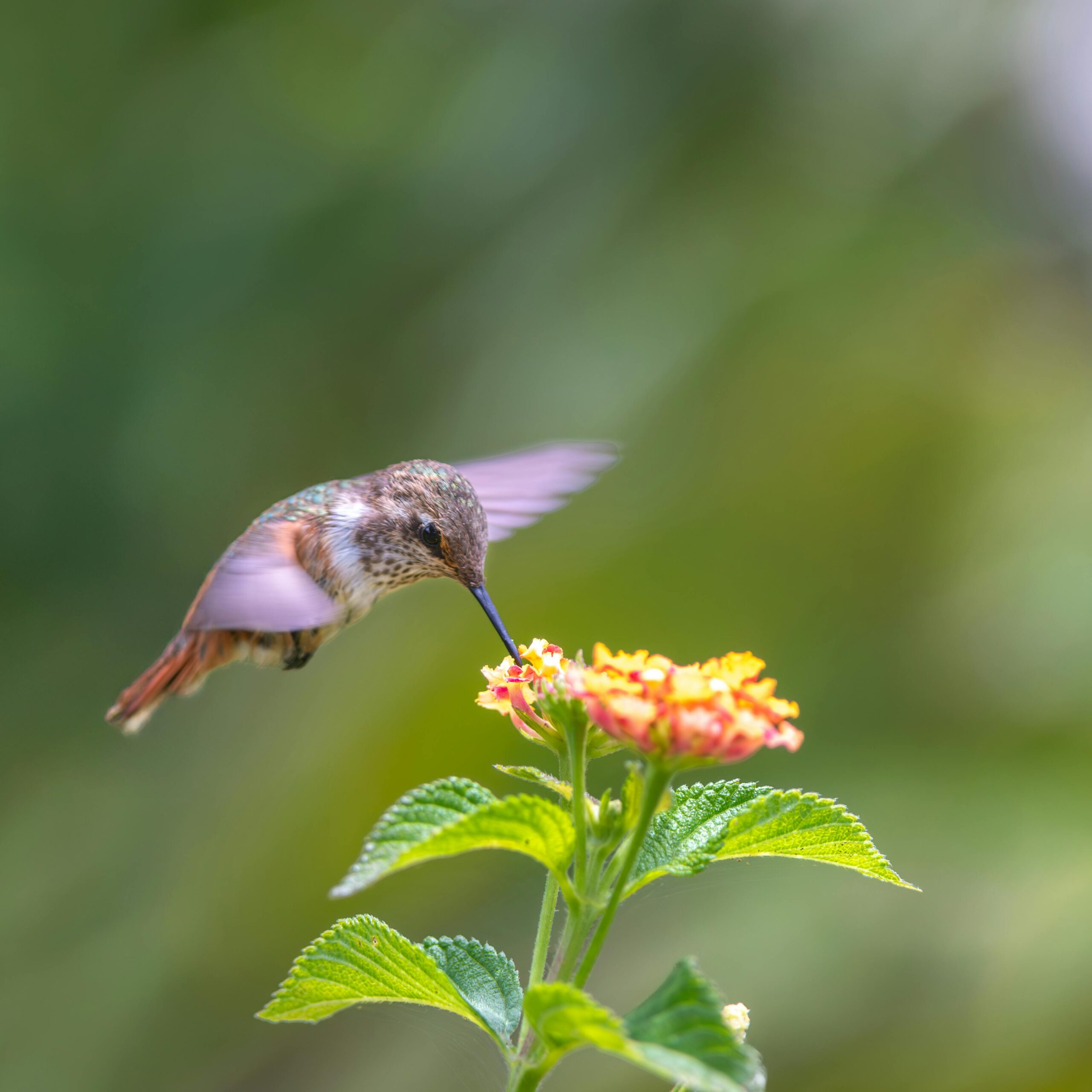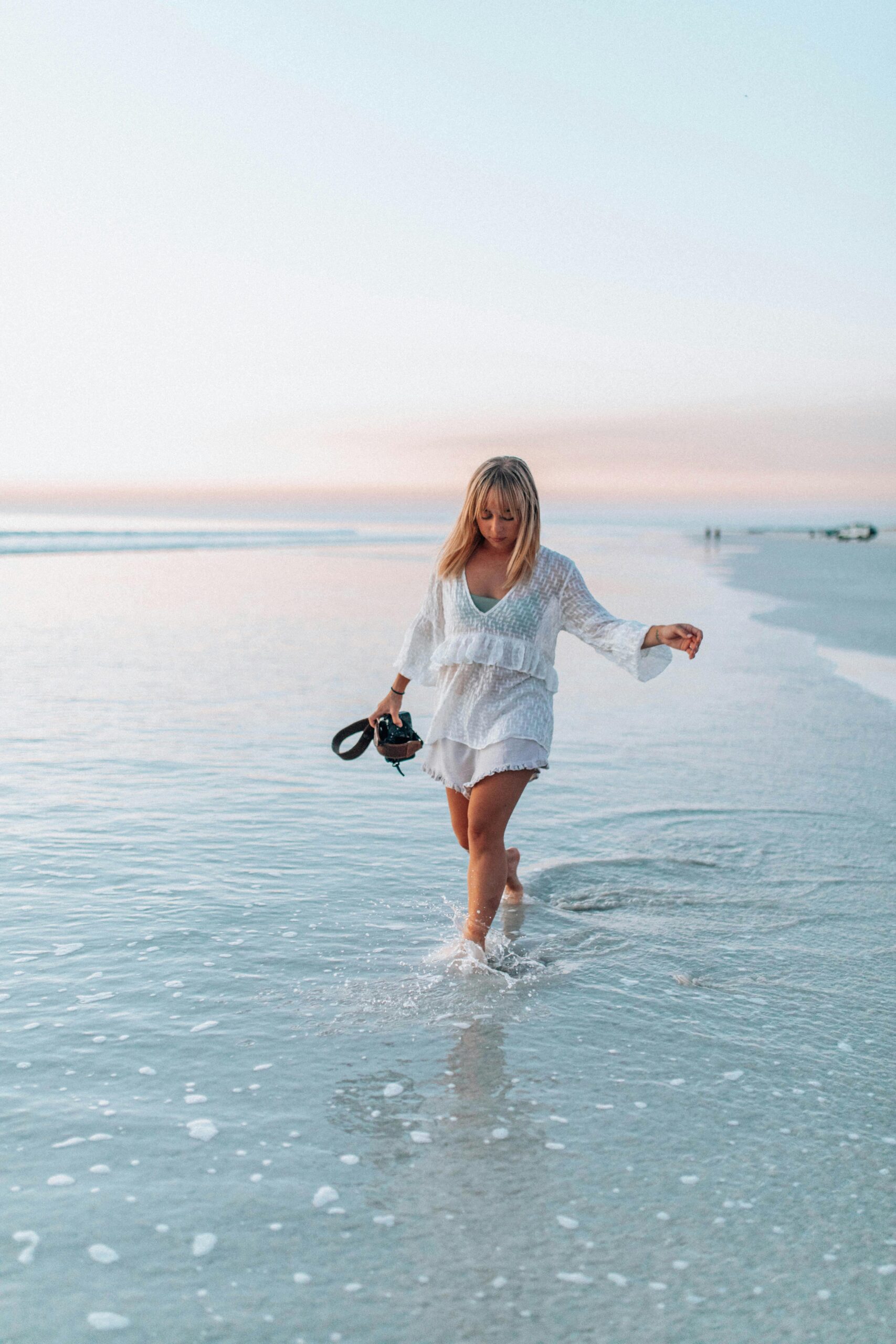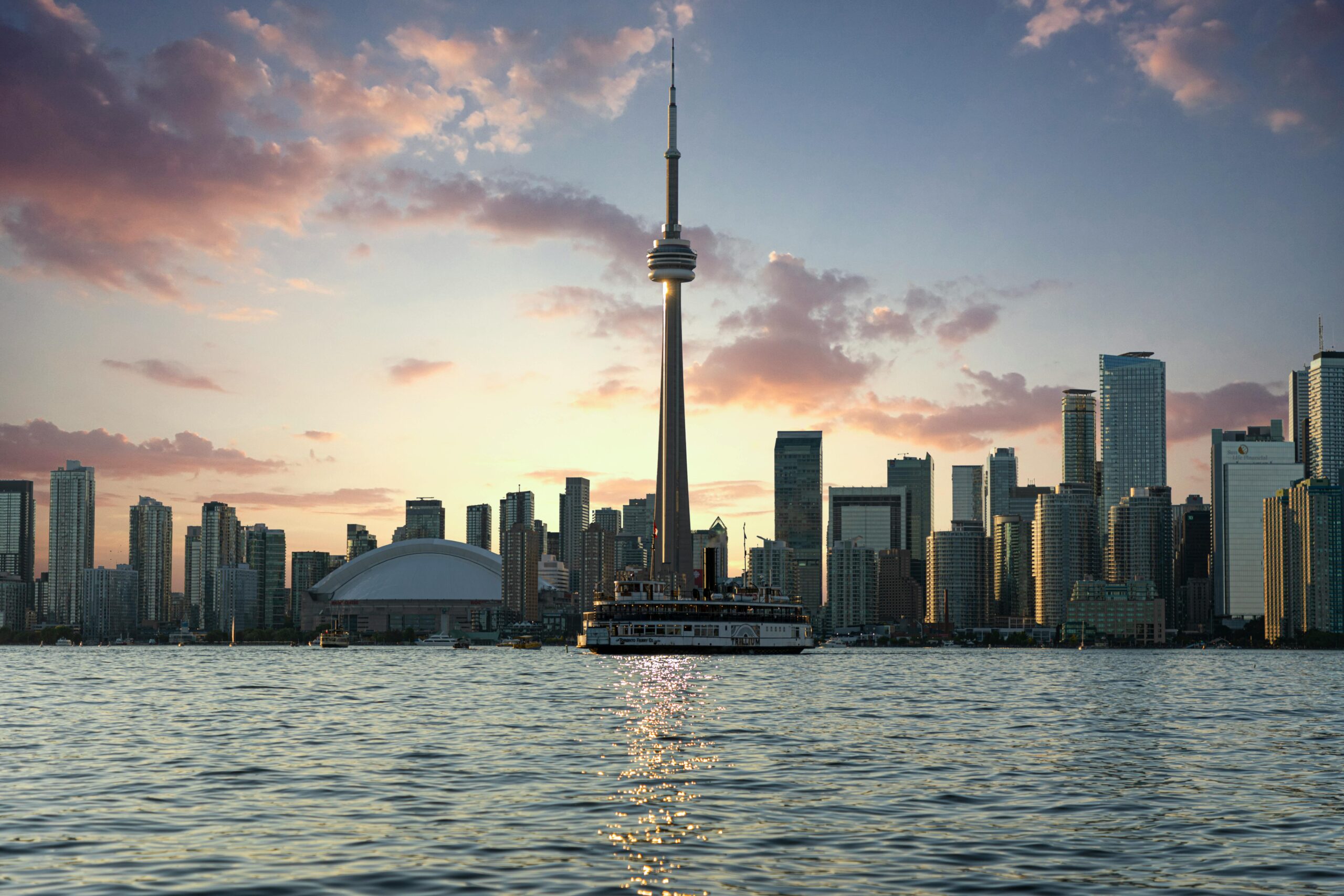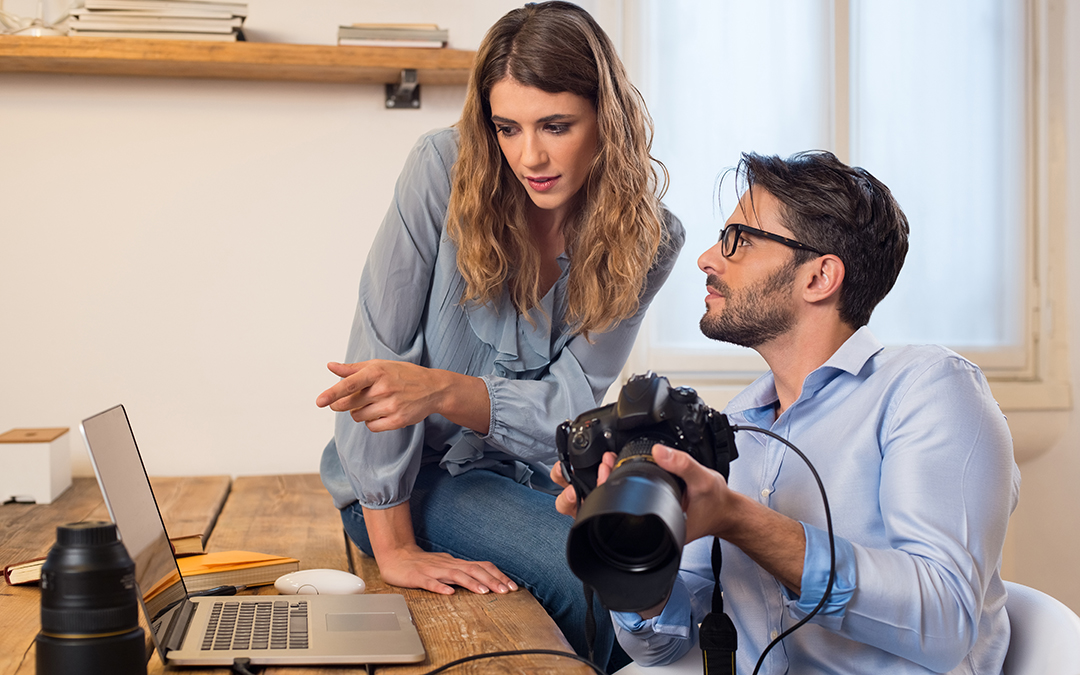Introduction
Photography in Canada presents unique challenges and opportunities. From the Northern Lights in Yukon to the bustling streets of Toronto, Canadian photographers need to master their camera settings to capture the country’s diverse beauty. Whether you’re shooting the Rocky Mountains in winter or summer festivals in Quebec, understanding your camera’s fundamental settings is crucial for consistent, professional results.
This comprehensive guide covers the essential camera settings every photographer should master, with specific tips for Canadian shooting conditions including extreme weather, varying light conditions, and diverse landscapes.
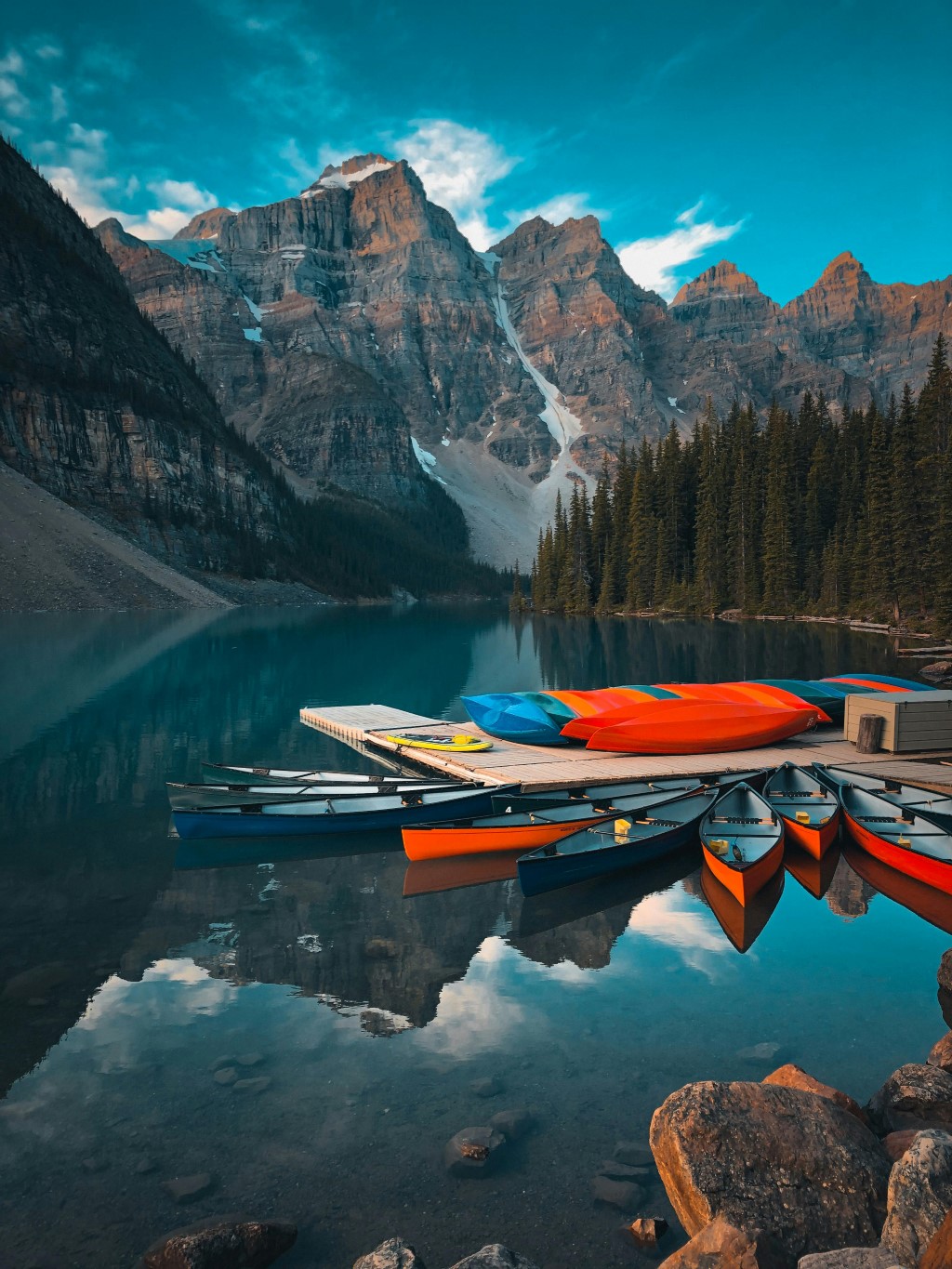
The Exposure Triangle: Your Foundation
Aperture (f-stop) Aperture controls depth of field and light intake. In Canadian landscape photography, you’ll often want sharp focus from foreground to background, requiring smaller apertures (f/8 to f/16). For wildlife photography in places like Banff or Algonquin Park, wider apertures (f/2.8 to f/4) help isolate subjects from busy backgrounds.
Shutter Speed Canadian photographers frequently encounter moving subjects – from rushing waterfalls to migrating birds. Fast shutter speeds (1/500s or faster) freeze action, while slower speeds create motion blur for artistic effect. Winter photography requires special attention to shutter speed, as cold weather can affect camera performance.
ISO Modern cameras handle high ISO remarkably well, crucial for Canadian photographers dealing with long winter nights or dense forest conditions. Start with ISO 100-400 in good light, but don’t hesitate to push to ISO 1600-3200 when needed. Aurora photography often requires ISO 1600-6400.
Advanced Settings for Canadian Conditions
White Balance Canada’s varied lighting conditions demand white balance mastery. Snow scenes can fool your camera’s auto white balance, creating blue-tinted images. Use “Cloudy” or “Shade” settings for warmer tones in snow, or shoot RAW for maximum post-processing flexibility.
Metering Modes
- Matrix/Evaluative: Ideal for landscapes and general photography
- Center-weighted: Perfect for portraits and when your subject is centered
- Spot: Essential for high-contrast situations like backlighting
Focus Modes
- Single-shot AF (AF-S/One-Shot): For stationary subjects like landscapes
- Continuous AF (AF-C/AI Servo): For moving subjects like wildlife or sports
- Automatic AF (AF-A/AI Focus): Switches between modes automatically
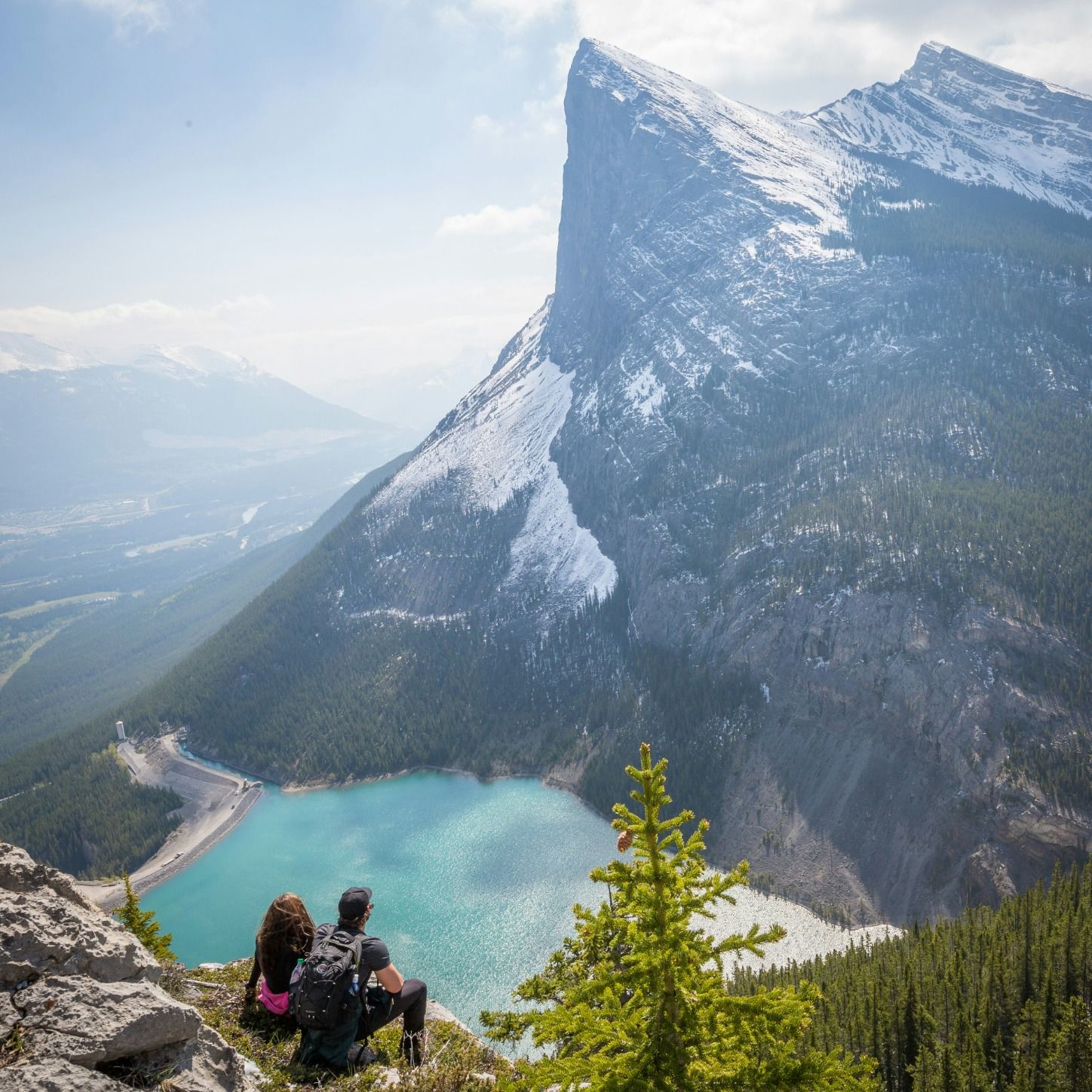
Canadian-Specific Shooting Scenarios
Winter Photography Settings Cold weather photography requires specific considerations:
- Use Exposure Compensation (+1 to +2) to prevent underexposure in snow
- Shoot in RAW format for maximum editing flexibility
- Consider Manual mode for consistent exposure across snow scenes
- Battery performance decreases in cold – carry extras and keep them warm
Northern Lights Photography Aurora photography demands specific settings:
- Manual mode exclusively
- Wide aperture (f/1.4 to f/2.8)
- Shutter speed 15-25 seconds
- ISO 1600-6400
- Manual focus set to infinity
- Use Live View for composition in darkness
Wildlife Photography Canada’s abundant wildlife requires versatile settings:
- Aperture Priority mode for depth of field control
- Continuous AF for moving subjects
- High-speed continuous shooting mode
- ISO auto with maximum limit set to maintain image quality

Custom Function Settings
Back-button Focus Separate focus from the shutter release for better control, especially useful in wildlife and sports photography common in Canadian outdoor activities.
Exposure Compensation Shortcut Set up quick access to exposure compensation for rapidly changing conditions, from bright snow to dark forest environments.
Custom Modes Program custom modes for common Canadian shooting scenarios:
- C1: Landscape (small aperture, low ISO, matrix metering)
- C2: Wildlife (wide aperture, continuous AF, high ISO capability)
- C3: Aurora (manual mode, wide aperture, long exposure settings)
Practical Tips for Canadian Photographers
Battery Management Cold Canadian winters drain batteries quickly. Always carry extras and keep them warm. Consider battery grips for extended shooting sessions.
Condensation Prevention Moving from cold outdoor temperatures to warm indoors can create condensation. Place cameras in sealed bags before bringing them inside.
Weather Protection Invest in weather-sealed lenses and camera bodies, or use protective covers during rain or snow.
Practice Exercises
- Golden Hour Challenge: Shoot the same subject during golden hour for one week, experimenting with different aperture settings each day.
- ISO Comparison: Photograph the same scene at every ISO setting your camera offers. Study the noise levels and determine your camera’s usable ISO range.
- Shutter Speed Creativity: Find a moving subject (waterfall, traffic, people) and capture it at various shutter speeds from 1/2000s to 2 seconds.
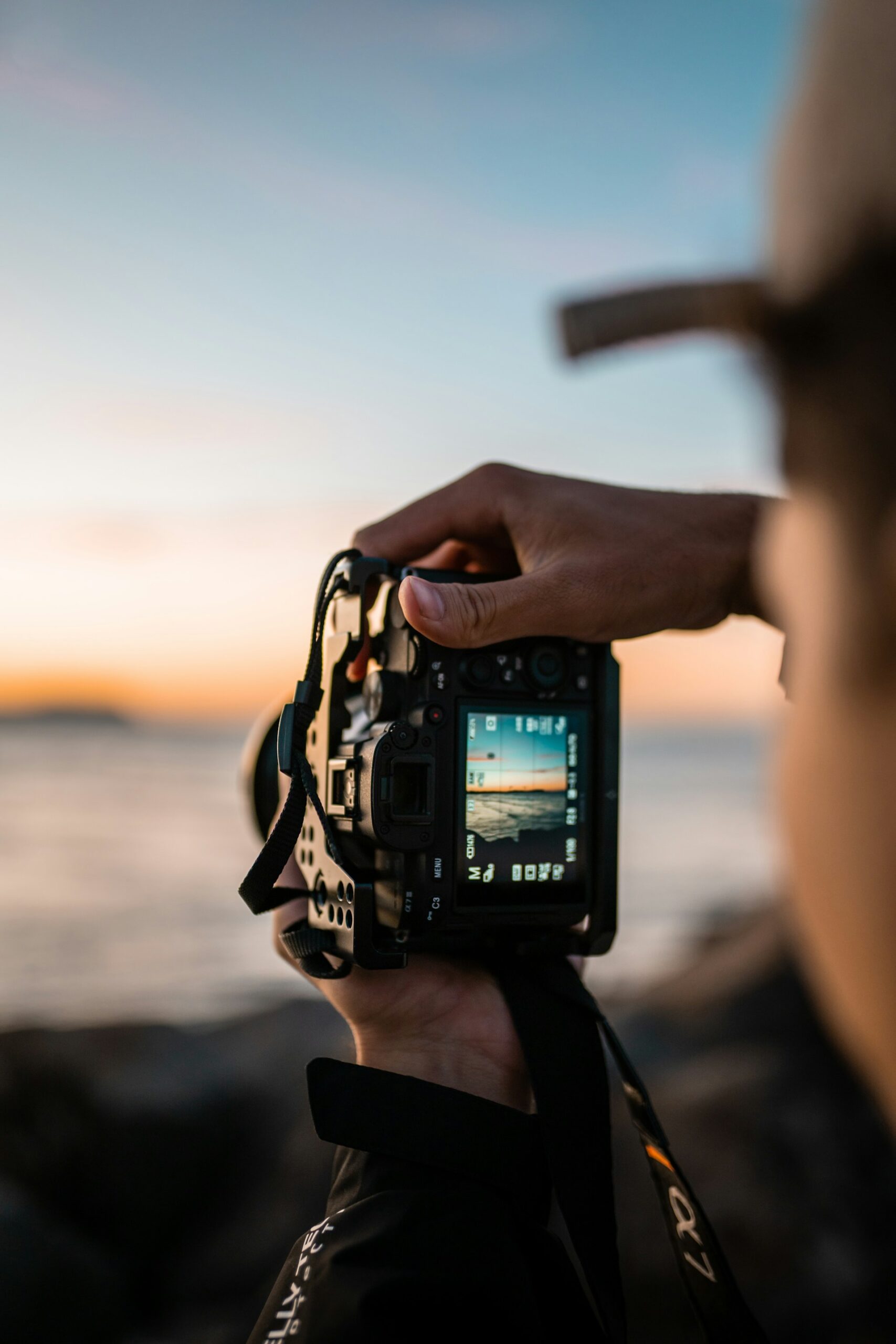
Conclusion
Mastering camera settings is an ongoing journey that requires practice and experimentation. Canada’s diverse landscapes and weather conditions provide the perfect training ground for developing these skills. Remember that while understanding technical settings is crucial, they should serve your creative vision, not constrain it.
Start with the basics – aperture, shutter speed, and ISO – then gradually incorporate advanced settings as you become comfortable. Most importantly, get out and practice in various Canadian conditions, from the Maritime coasts to the Prairie skies.
